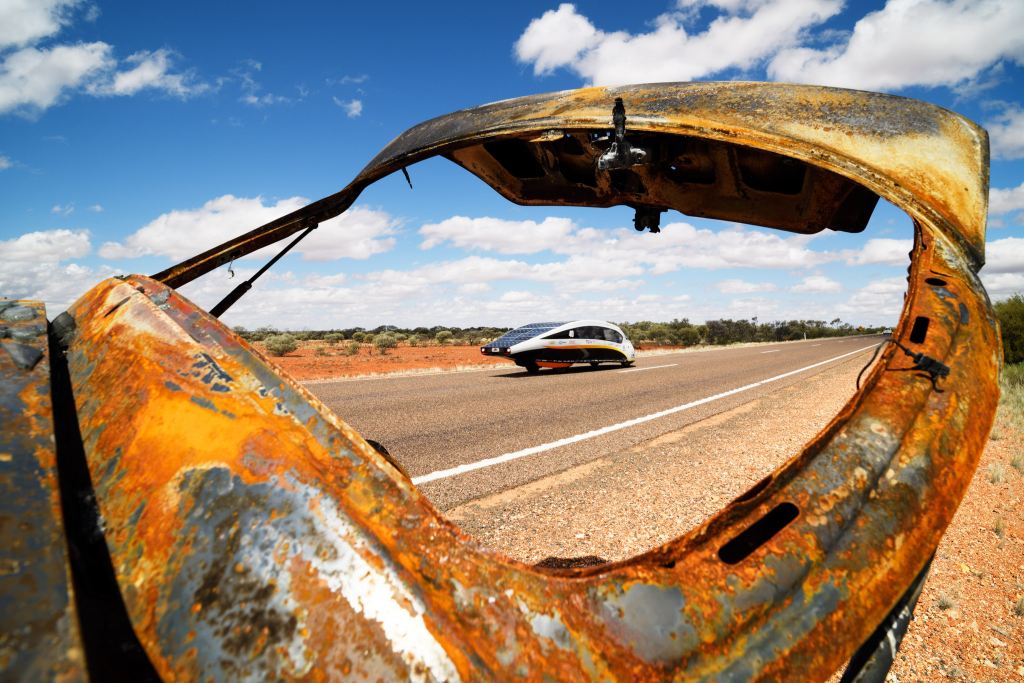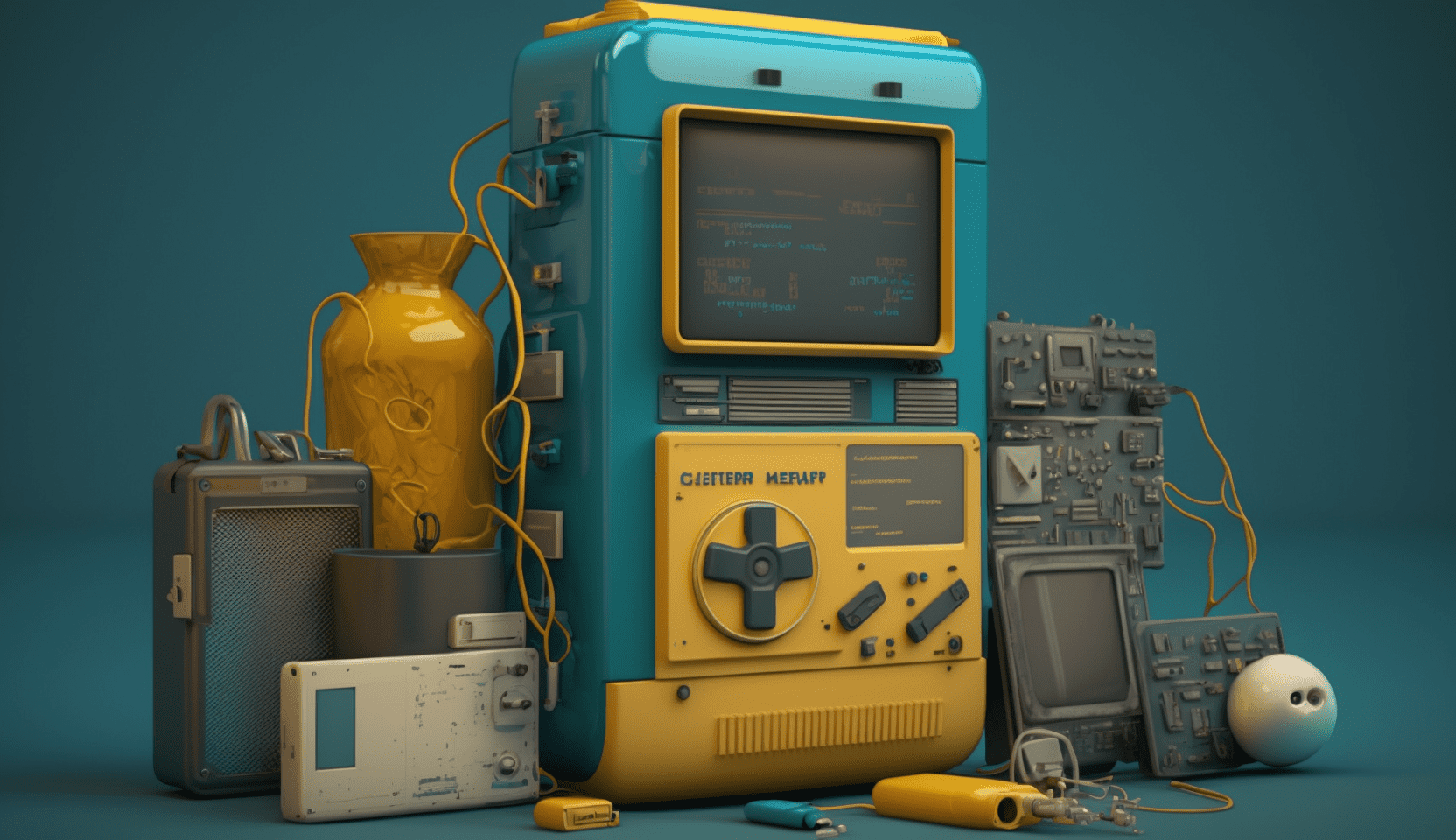

In a weekly column, alternately written by Lucien Engelen, Maarten Steinbuch, Carlo van de Weijer, and Tessie Hartjes, E52 tries to find out what the future will look like. All four contributors – sometimes accompanied by guest bloggers – are working on technologies that can provide solutions to the problems of our time. This Sunday, it‘s Tessie Hartjes’ turn. Here are all the published columns.
This year the World Solar Challenge in Australia was hard to miss. The NOS made a great series about it called “Oranje Boven Down Under” which covered the race every day of the week. Personally, I think this is a great acknowledgment for the achievements of the teams from Twente, Delft, and Eindhoven. And as of next year, Groningen will also join with a team so we will even have more to look out for!
Delft and Eindhoven now both have made three wins in a row in the World Solar Challenge; Delft dominates the challenger class and Eindhoven is absolutely record smashing in the cruiser class. The challenger class is mainly about speed and the cars are made to carry one person whereas, in the cruiser class, energy efficiency is the most important factor together with the number of passengers you carry. Stella Vie, the solar car from Solar Team Eindhoven was able to drive an extensive amount of time carrying five passengers at a speed of around 70 km/hr while still being energy positive. That’s a phenomenal achievement!
Over the whole 3021 km, Stella Vie carried an average of 3.4 people using only 45.7 kWh of external energy. In comparison; a Tesla Model s85 with an 85 kWh battery has a practical range of about 400 km. Curious to know how you can achieve this? Read more here.
These numbers are impressive! They imply solar cars have the potential to become the cheapest form of mobility possible. You generate your own electricity – for free – in exactly the same place where you use it so your total cost of ownership reduces. See background on this topic.
“Autonomous shared solar vehicles. That’s the best possible end game. No hassle anymore when you want to enjoy your beers in the city; you won’t be allowed to drive a car anyway.”Tessie Hartjes, Lightyear
So where is this all going? Autonomous shared solar vehicles. That’s the best possible end game. Mobility as we know it is going to be disrupted and that can also have great implications for the places we live in. For example, urbanization usually is driven by the lack of work for people in the rural areas. Major suburbs are formed by poor people looking for work. I reckon that if we can offer them affordable transport we can decrease the urbanization rate with all its corresponding social, mental, health and environmental problems.
Or think about this scenario: due to smart algorithms, autonomous shared vehicles in the future will almost never be idle. Also, because they are intensively used, the cost per km is very low and because they drive on solar energy the impact of driving is minimized. Therefore it doesn’t matter to build large parking spots outside our cities where all these cars will be waiting to be called. When driving they don’t need to park, when parked they function as a clean energy source. We can remove the largest part of all parking spots from our city centers and create more green spots and parks enhancing the air quality and living conditions. You can also choose to live outside the city more easily because cheap and clean transport will always be available. No hassle anymore when you want to enjoy your beers during weekends in the city; you won’t be allowed to drive a car in the future anyway. Maybe we can even invert the impact of Airbnb by having dedicated hotels/housing outside our city centers to preserve the social climate in our neighbourhoods.
Photo (c) Bart van Overbeeke






